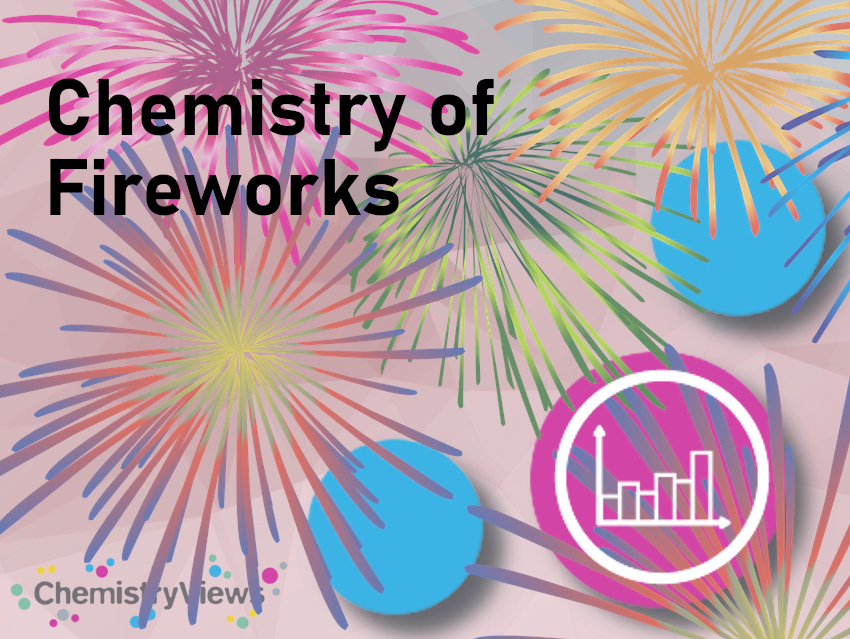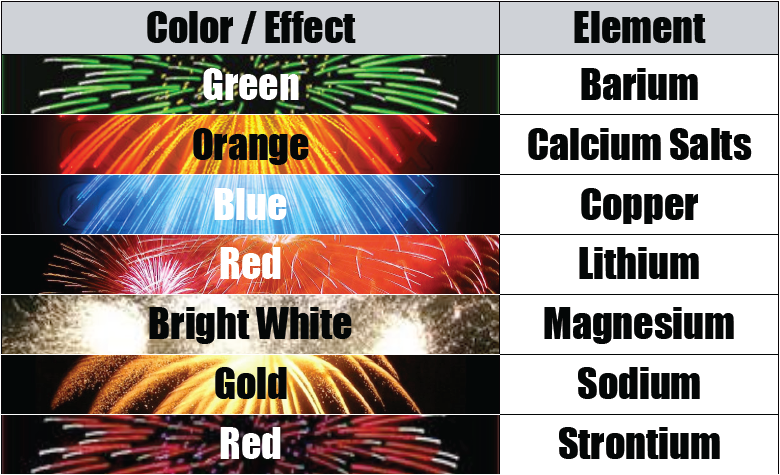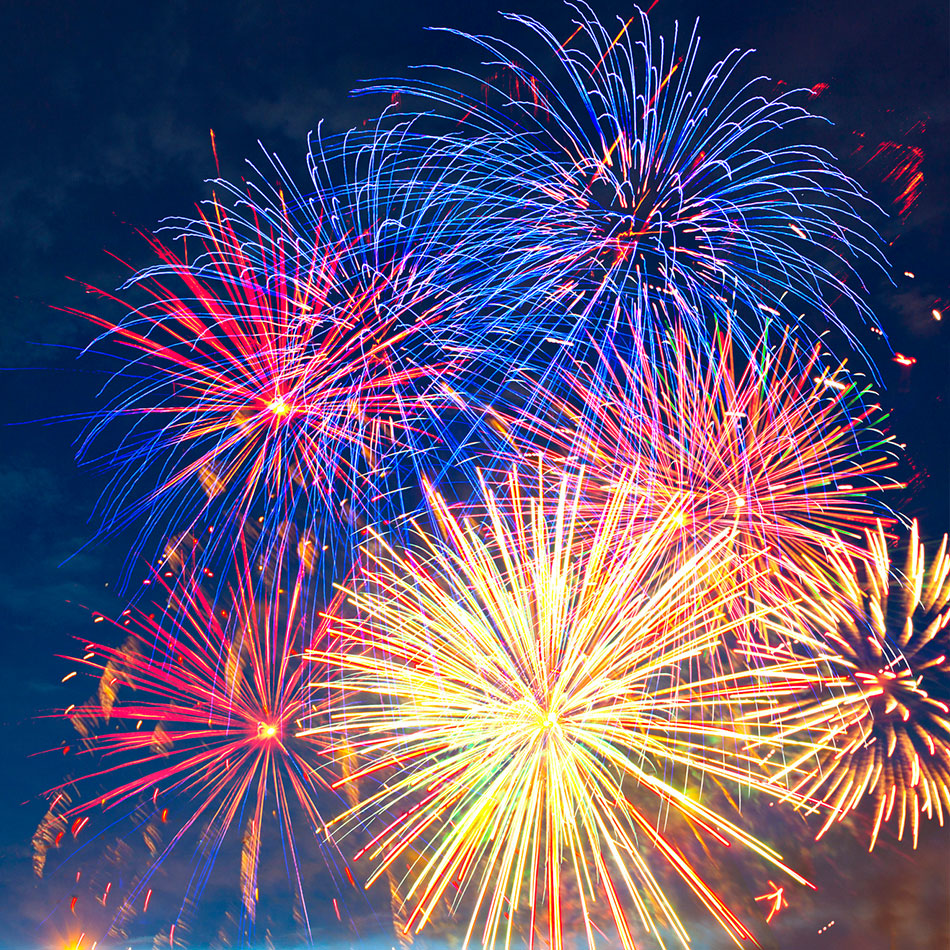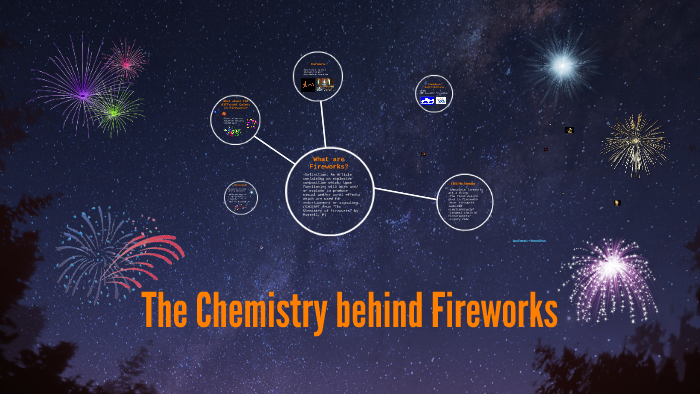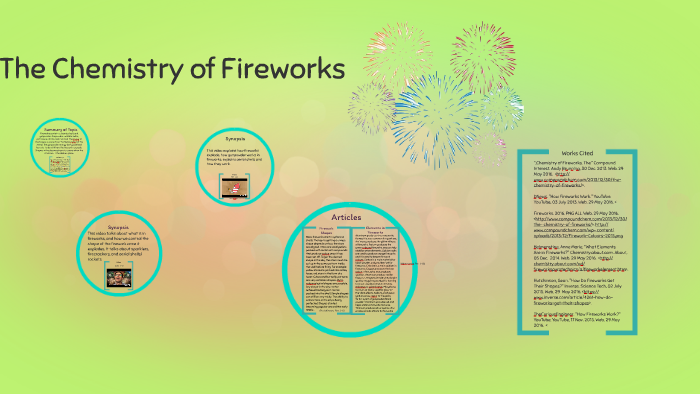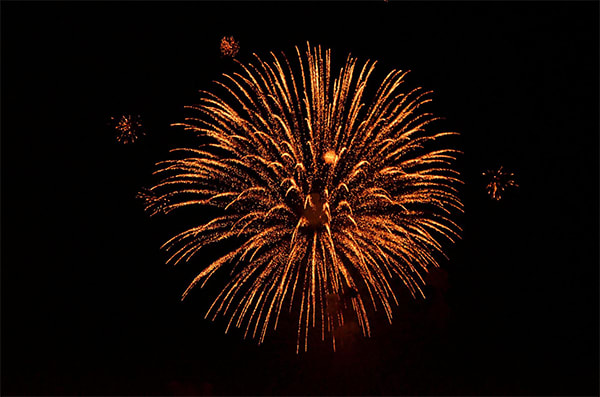Fireworks are a beloved aspect of many celebrations and events, and for good reason – they are visually stunning, often accompanied by beautiful music, and can provide a festive atmosphere for any occasion. But what is it about the chemistry behind fireworks that makes them such a popular and enduring form of entertainment?
At the most basic level, fireworks are made up of a combination of chemicals that, when ignited, produce a variety of colors, patterns, and effects in the sky. These chemicals are typically mixed together in a process known as "formulating," which involves combining them in specific ratios to create the desired visual and auditory effects.
One of the key chemicals used in fireworks is gunpowder, which is made up of a mixture of saltpeter (potassium nitrate), sulfur, and charcoal. When ignited, gunpowder burns rapidly, producing hot gases that expand rapidly, producing the characteristic explosion that is the foundation of most fireworks displays.
In addition to gunpowder, other chemicals are often used in the formulation of fireworks to produce specific colors and effects. For example, the element strontium is commonly used to produce red hues, while copper produces blues and greens. Other elements, such as lithium and sodium, are used to produce white light, while zinc and aluminum can produce silver sparks.
The specific colors and effects produced by a firework are determined by the chemical composition of the "stars" or "comets" that are used. These are small, pellet-like objects that are ignited by the gunpowder and burn in a specific pattern to produce the desired visual effect. Different combinations of chemicals in the stars will produce different colors and effects, allowing firework designers to create a wide range of visual displays.
In addition to the chemical makeup of the fireworks, the way in which they are ignited and launched into the sky also plays a role in the overall visual display. Fireworks are typically launched from a device called a "mortar," which uses a fuse to ignite the gunpowder and propel the firework into the air. The speed and trajectory of the firework can be controlled by adjusting the amount of gunpowder used and the shape of the mortar.
In summary, the chemistry behind fireworks is what allows them to produce the stunning visual and auditory displays that we enjoy. By combining specific chemicals in specific ratios and launching them into the sky in a controlled manner, firework designers are able to create a wide range of colors, patterns, and effects that delight and entertain people around the world.
